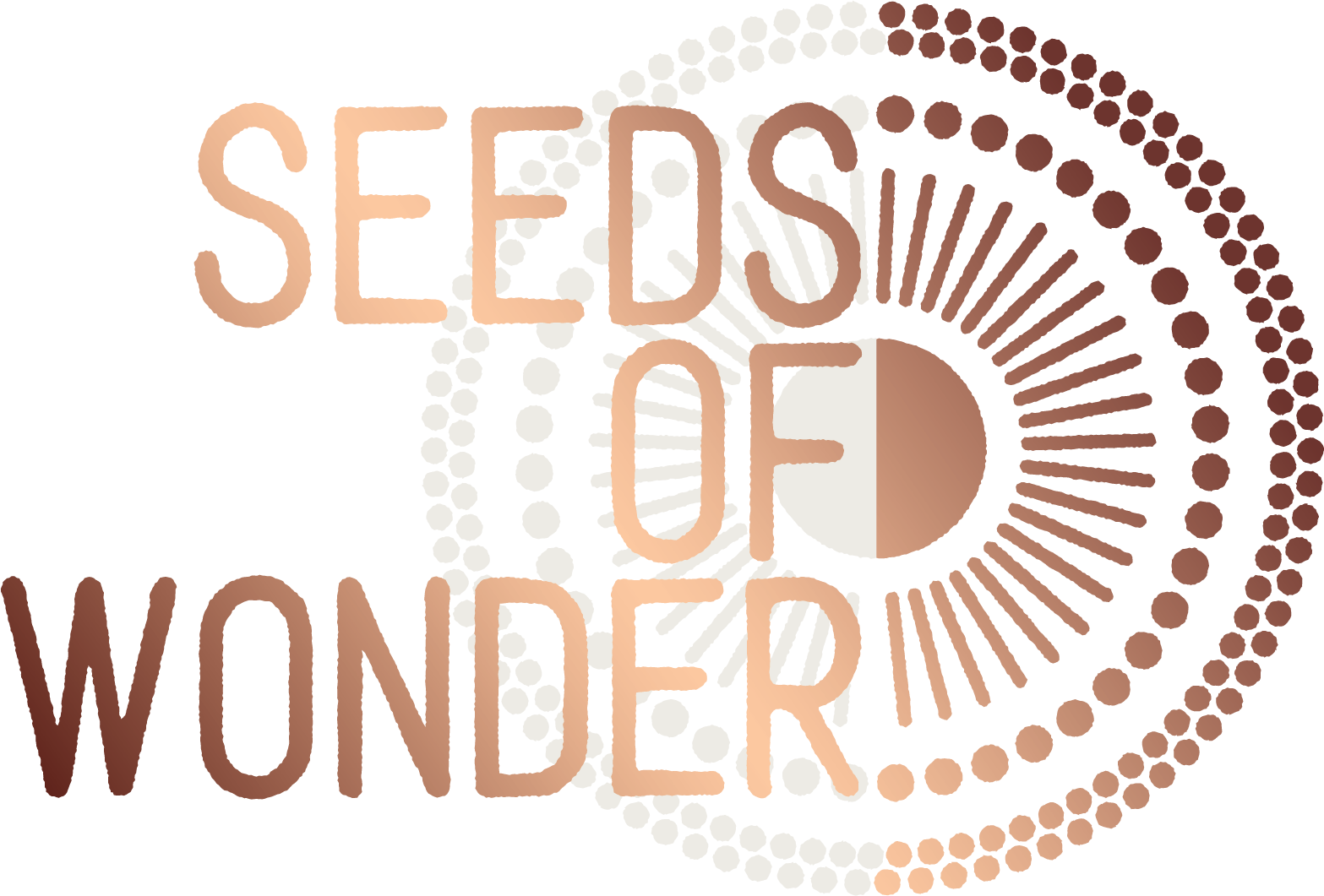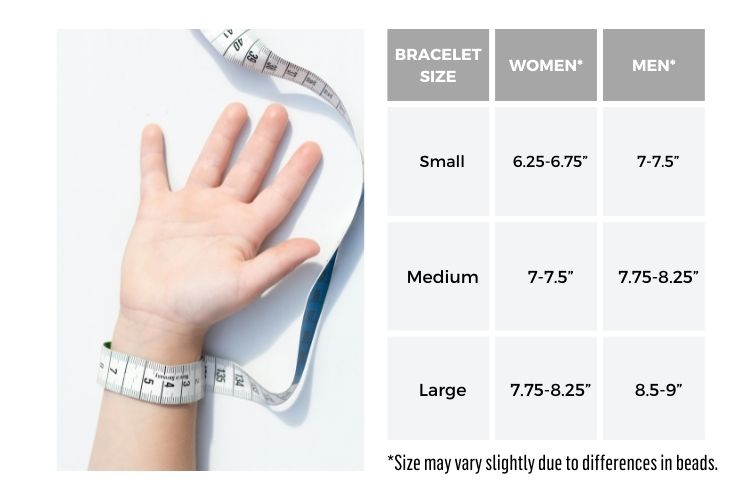What’s in a mudra?
A mudra can be described as the physical form of a mantra. Hatha yoga uses mudras to connect two energy points in the body. These energy points lay along an energy network, called nadis, inside your body and is the pathway along which prana (or life force energy) travels.
Mudras are hand and body postures where your body (often your fingers) are held in specific positions. These positions relate to and influence the flow of energy throughout the body.
Mudras can involve the eyes, head, and body and incorporate yoga asanas or poses, pranayama or breathwork, visualisation, and bandhas or body locks.

The five types of mudras
Mudras can be grouped into five types. Each type of mudra has a different way that it manipulates energy and makes use of different parts of your body.
Kaya mudras
Kaya means ‘body’ or ‘posture’. Essentially, your entire body forms a mudra in order to encourage your prana (life force energy) to flow in a specific way. The energy cultivated through practicing kaya mudras along with yoga asanas, meditation, and other mudras increases the flow of prana to your chakras.
Kaya mudras require a lot of concentration and focus and are relatively complex.
Mana mudras
Mana means head and mana mudras involve gestures made with your eyes, ears, nose, tongue, lips, and mouth. This practice includes contracting the muscles in your abdomen and pelvis.
Mana mudras concentrate the flow of prana or energy in your physical body. It is a large part of kundalini yoga and assists with the awakening of the divine energy that ‘lays sleeping’ at the base of your spine.
Practicing mana mudras leads to deeper meditations and higher states of consciousness.
Bandha mudras
Bandha means ‘lock’, and these mudras involve locking or constricting certain areas in your body to stop the flow of energy in those areas temporarily. Once you release this lock or the constriction, blood and energy flow back to this area. The blood flow brings increases circulation and relaxation while the flooding of energy purifies and cleanses the area of negative energy. You can picture this as a wave that wipes the area clean.
Bandhas are practices in three areas of the body: the chin (Jalandhara), the diaphragm (Uddiyana) and the anus (Mula).
Adhara mudras
Adhara mudras are used by using specific muscles in your pelvic floor and aims at bringing prana from your root chakra to your brain. This energy holds sexual creativity and increases your sexual capacity and awareness.
Hasta mudras
Hasta means ‘hand’ in Sanskrit and these mudras involve gestures made with your hands. When you touch specific fingertips together (often referred to as creating a seal), you generate a certain energy, this energy then flows from your fingers into your body.

Some spiritual traditions, including yoga and Buddhism, teaches that five elements, called the tattvas, create everything in the Universe. These elements are fire, air, ether (or space), earth, and water.
Ayurveda states that each finger relates to a specific tattva or element. By forming a mudra, you create an energetic circuit or flow that increases the energy of that specific tattva.
- Thumb – fire element and represents Universal consciousness.
- Index finger – air element and represents individual consciousness.
- Middle finger – ether and represents connection.
- Ring finger – earth element and represents physical sensation.
- Pinky – water element and represents fluidity.
The thumb holds the energy of fire. When touching the thumb to another finger, you combine the warmth of the breath (brought by the thumb) with the element held in each finger.
That means if you touch your thumb to your index finger (air), it improves the flow of your breath through your body. Touching your thumb to your middle finger (space or ether) increases the feeling of spaciousness. The ring finger (earth) touching your thumb cultivates connection while the pinky touching the thumb improves circulation and flow.
Hasta mudras are the most well-known of the five. They are easy to incorporate into your daily life and can be done at any time. As with most spiritual practices, though, you might find that the energy flow is stronger when you do it as part of a dedicated practice or ritual.
While you can do an hasta mudra with one hand, the energy increases when you do it with both.
- Wash your hands with soap and water or sanitiser. Allow them to dry completely.
- Sit in a comfortable position like Easy Pose (Sukhasana), Lotus Pose (Padmasana), or Thunderbolt Pose (Vajrasana). You could also sit in a chair if none of these positions are comfortable.
- Cup your hands and place them near your navel with palms facing up. This will allow your hands to draw energy from your Manipura (Sacral) chakra.
- Form the mudra that you want to practice. Use enough force when pressing your fingertips together to feel the energy flow but avoid pressing so hard that your fingertips turn white.
- Hold the mudra for at least 12 breath cycles while focusing on your breath.
- Start with practicing a few minutes every day, gradually increasing the time to between 15 and 20 minutes.

Hasta mudras to open your chakras
There are hundreds of different hasta mudras with roots in multiple religions and spiritual practices. Perhaps one of the most common ones is the ‘namaste’ position where you hold both palms together in front of your heart in a greeting and as a sign of respect.
You might also have unwittingly engaged in hasta mudras in the past. Remember those times in yoga class when you were sitting in meditation or chanting ‘Om’ with your hands resting on your knees, thumb and index finger touching?
Some mudras help to open up specific chakras. The energy created by these gestures can be enhanced when used along with each chakra’s mantra or chant.
Root Chakra
Chant: LAM
Mudra: Touch the tip of your thumb and index finger while focusing on your root chakra (the area between your genitals and anus).
Sacral Chakra
Chant: VM
Mudra: Place your hands in your lap with your palms facing up, your right hand resting on top of your left hand. Lightly touch the tips of your thumbs. Focus your breath and attention on your sacral chakra near the sacral bone in your lower back.
Solar Plexus Chakra
Chant: RAM
Mudra: Place your hands in front of your stomach, a little bit below your solar plexus, near your navel. Point your fingers away from your body, fingertips touching lightly with a small space between your palms. Cross one thumb over the other while keeping your other fingers straight. Focus on your breathing and attention in the area along your spine, just above your navel where your solar plexus chakra is located.
Heart Chakra
Chant: YAM
Mudra: Touch the tips of your thumb and index fingers. Place your left hand on your left knee and your right hand near your heart – at the lower end of your breast bone with the fingers and palm facing your body. Direct your breathing and focus to your heart chakra – along your spine and level with your heart.
Throat Chakra
Chant: HAM
Mudra: Place the fingers of one hand on top of the other with your palms facing up. Lightly touch your thumbs and pull them up a bit – the pads or insides of your thumbs should be facing your fingers. Your fingers and thumbs will form a circle. Focus your breathing and attention on your throat chakra, at the base of your throat.
Third Eye Chakra
Chant: Om or AUM
Mudra: Place your hands in front of your lower chest. Straighten your middle fingers and touch the tips together. Curl the rest of your fingers in towards your palms, bending at the knuckle closest to your palm. Touch the upper two phalanges of the pinky’s, ring fingers and index fingers of each hand to the corresponding phalanges of the other. Point your thumbs towards you and touch the tips gently. Focus your breathing and attention to the area slightly above and between your eyebrows where your third eye chakra is located.
Crown Chakra
This mudra should only be done once you are grounded and have cultivated a strong foundation in your root chakra.
Chant: NG
Mudra: Place your hands in front of your stomach. Lightly touch the tips of your ring fingers and point them up. Interlock the rest of your fingers. Cross your thumbs with the right thumb outside the left. Focus your breathing and attention to the top of your head where your crown chakra is located.
Mudras are an excellent way to cultivate and change the flow of energy in your physical body – and your life. While some types of mudras require more advanced practice, others are easy to do and can be worked into your daily practices.
Mudras are physical representations of mantras, and by combining these gestures with chants, you can increase their effectiveness. Your power really does lie at the tips of your fingers!






